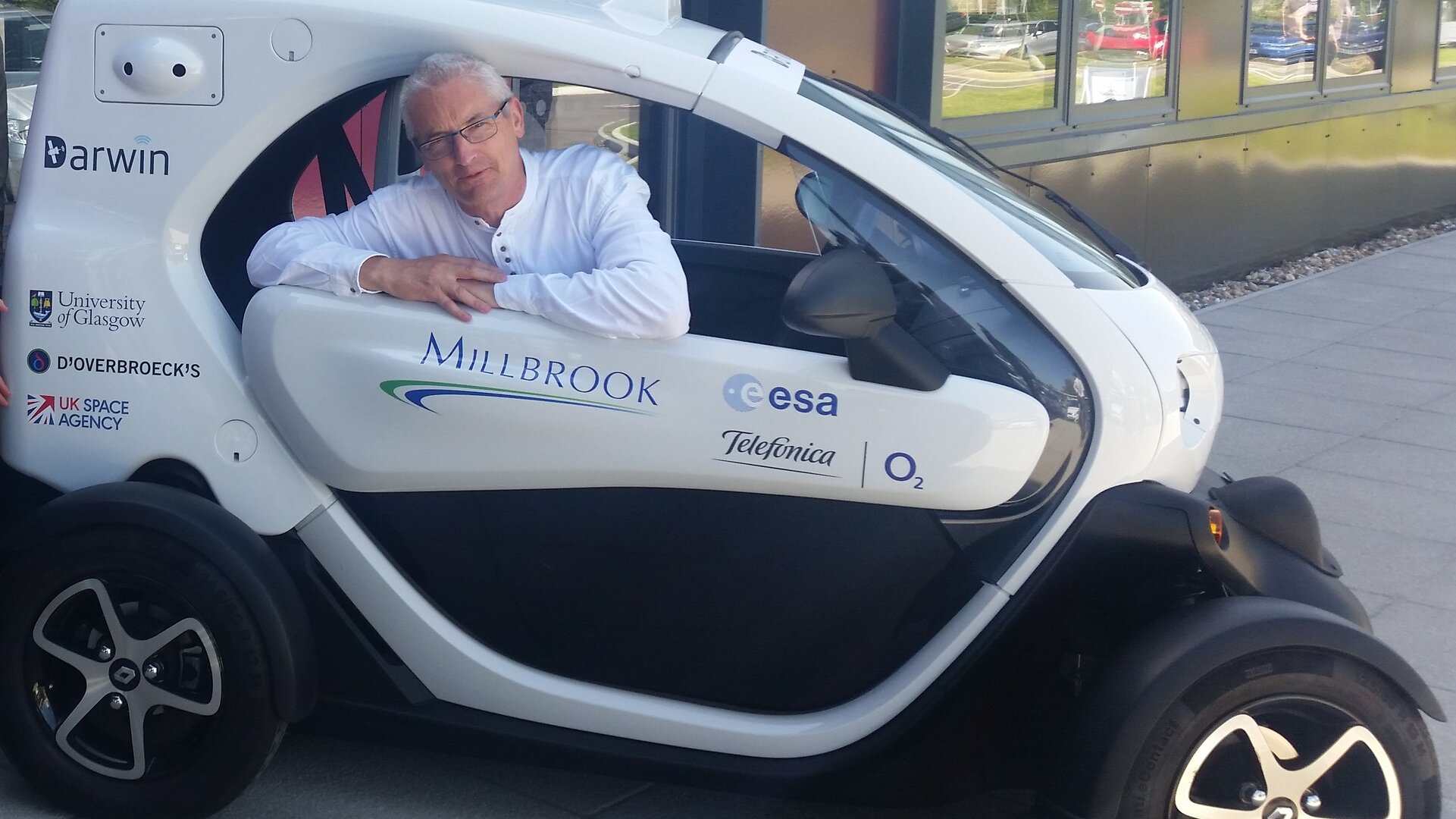ESA helps to drive UK space success
The Harwell Space Cluster just outside Oxford now employs more than 1,000 people across 92 organisations – and a showcase event on 27 June emphasised that most of those taking part are receiving support from ESA for their growth plans.
Europe’s most concentrated space cluster is comprised of commercial, public and academic organisations, all focused on building sustainable businesses based on innovation.
ESA is one of the leading stakeholders in the cluster, alongside RAL Space, the UK Space Agency and the Satellite Applications Catapult.
Together with its Business Incubator, ESA’s investment and incubation ecosystem is supporting businesses at every stage, from a start-up or spin-out looking to commercialise its first product, to a multinational seeking to diversify into new markets or develop new products and services.
One of the start-ups on campus is Archangel Lightworks, which is developing ways to use optical communications to transmit data from satellites to the ground even when there is cloud cover. Established in 2017, it now employs 10 people and is undertaking a three-year project with ESA designed to lead to in-orbit demonstration of the technology.
Another is Earth-i, which offers very high-resolution satellite imagery of anywhere on the planet. It was founded three years ago and now has links with ESA’s Earth Observation Programme based in Italy.
A third start-up, Spottitt, was set up after its founder completed an ESA-sponsored feasibility study. Spottitt uses satellite imagery and analytics to monitor whatever its clients wish to observe, making customised searches of data catalogues to create images that can be used to inform decisions about topics such as building infrastructure.
Alan Brunstrom, pictured above in Project Darwin’s self-driving car, is Liaison Officer at ESA’s European Centre for Space Applications and Telecommunications at Harwell and compered the showcase.
He said: “Enabling collaboration is a key element of ESA’s mission here. We’re passionate about getting space innovation into the hands of the people who can most benefit from it. The logos on the Darwin vehicle illustrate the range of different organisations that are working together here to develop new markets.”


